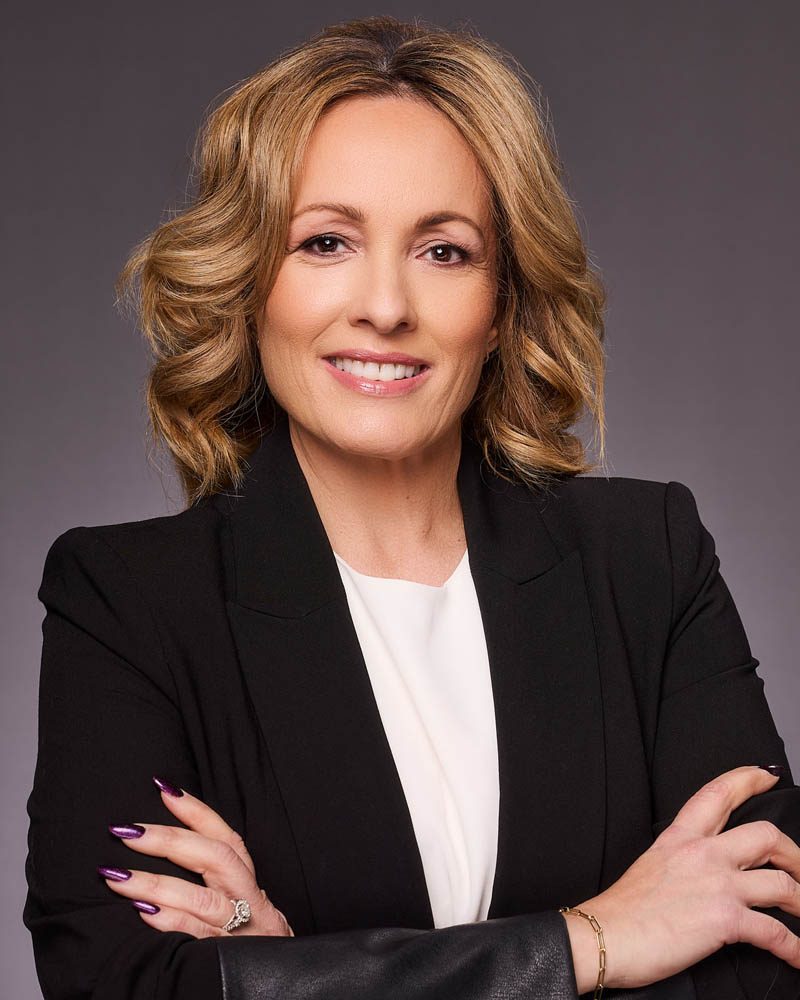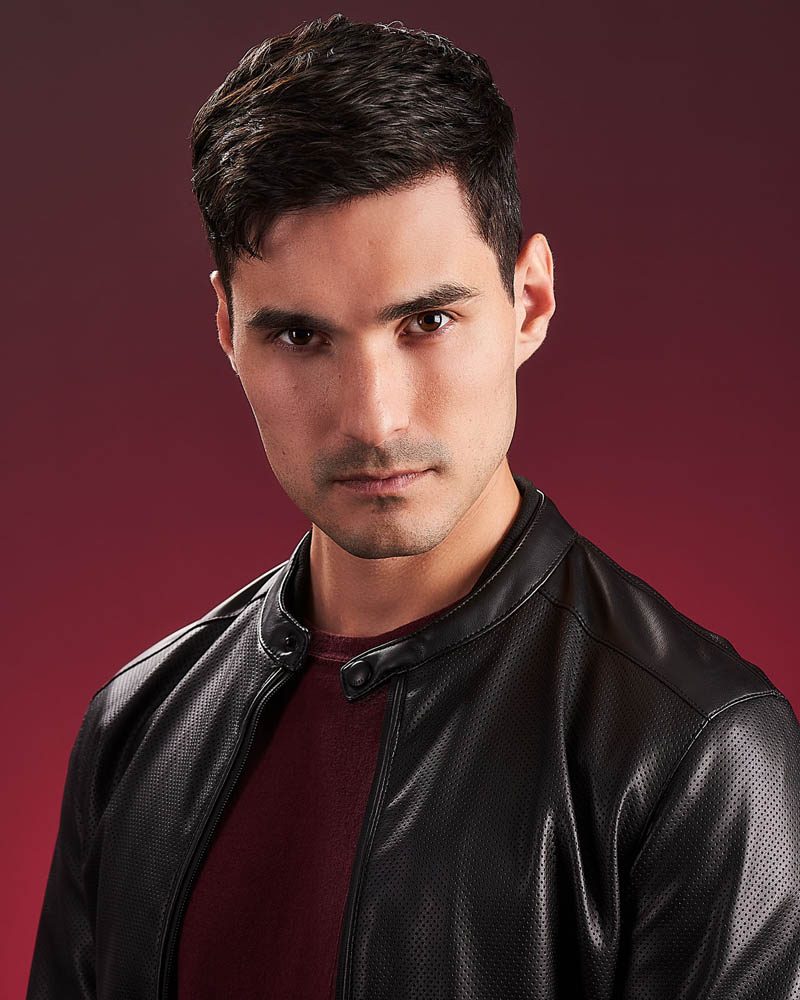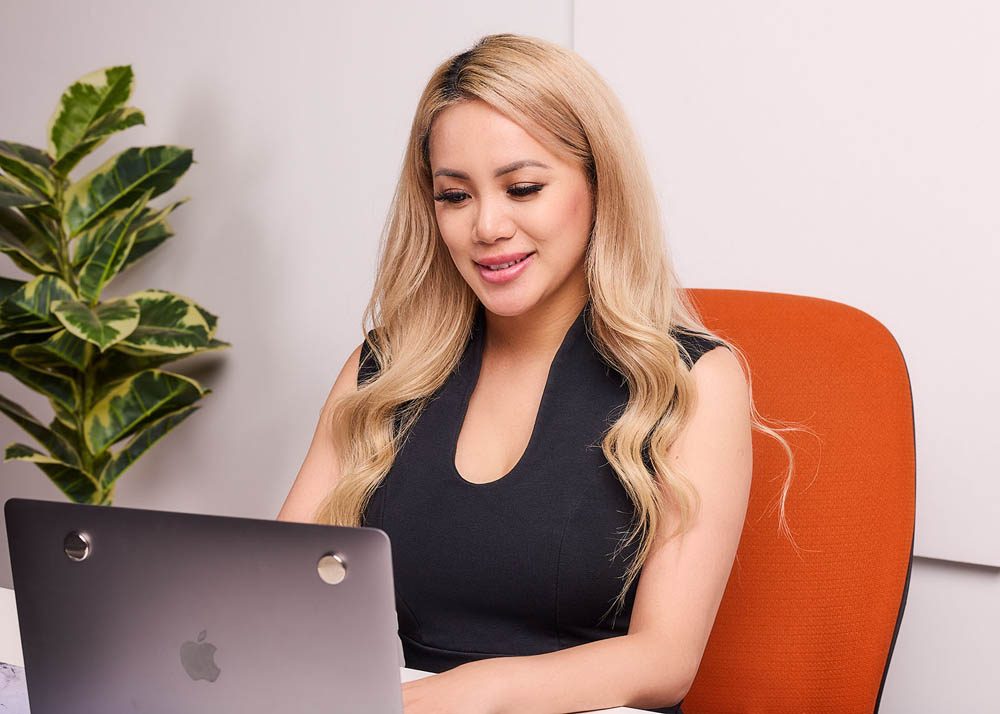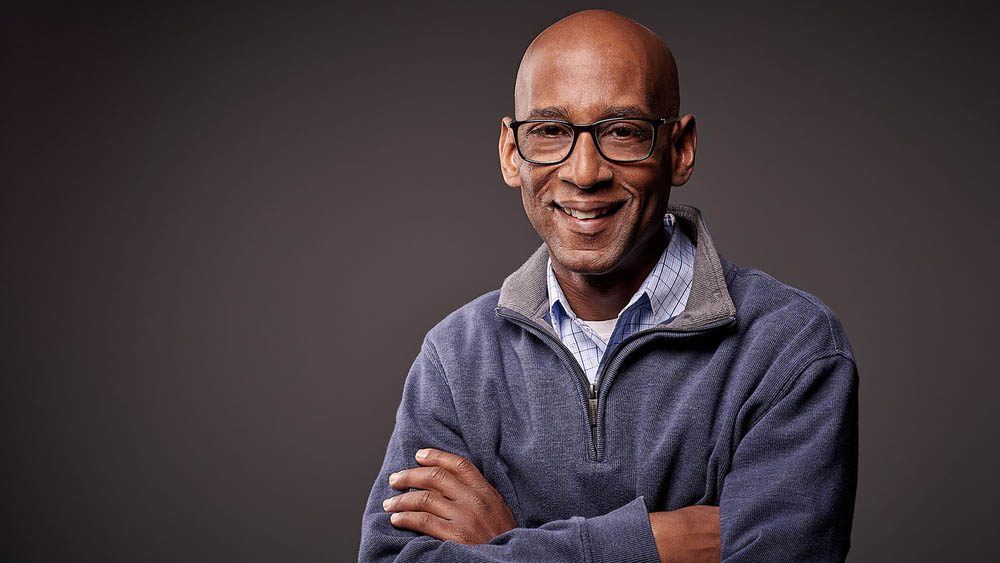If you can, try and think of such moments during the middle of your headshot session. It may help bring about that soft subtle smile right when you actually need it.
One more point about smiling. No matter what some people try, they still think their smile appears fake. So, there is one more thing one can consider. Often, a smile appears fake because the person that cannot pull off a smile is not smiling with their entire face. Usually, they only smile with their mouth while their eyes freeze as does their head. Try and think of a smile as a happy attitude.
It Is All in Your Head
Do not be afraid to use subtle head movements. A slight head tilt can go a long way. It is usually best to not have your chin up but also not too far down either. Pair your head movement with your smile. For example, it is probably more natural if you have a closed-lip smile after moving your head up into position and a slightly open-mouthed smile if you have moved your head out toward the camera.
Also, try some shots with your head slightly tilted to each side. And try some shots with your chin out over-extended toward the camera. To do this, first lead with your forehead and have your chin follow. Think of a turtle extending their neck. It sounds odd and seems odd to do but, on some occasions, it can make a big difference. It is worth taking a shot at it.
Another option you can try is to think of a favorite melody in your head and slightly bounce your head around to the beat. Then as you get into a groove, slow down the movements so your photographer can keep up and capture the key moments of the flow.
Make Eye Contact, Usually
In portrait-taking, we have all heard the phrase “communicate with your eyes” and it is true but can be difficult for some to pull off. Basically, remember the point of why you are getting a headshot. People that have difficulty communicating with their eyes often do so because they separate what their mouth is doing from what their eyes are doing. Remember, pose with your entire face.
But what are you making eye contact with? It will almost always be the lens of the camera the photographer is using. That is your target of focus.
There are some cases where looking into the camera lens is okay to get away with. However, generally speaking for headshots, you will want to maintain eye contact with the lens. Remember one point of a headshot is to convey confidence. Looking away usually implies shyness or self-confidence.

